No, this picture is not because of the upcoming holiday. This is a reflection of what I become after reading academic articles discussing trends or studies in educational technology. Reading published articles which were three years in the making that just confirm what I have already experienced as a professional and which do not provide any potential solutions or concrete ideas on how to move forwards, drives me batty.
Faune, Leanne and Rochelle read articles on curricular challenges of the twenty-first century from the “Second Handbook of Information Technology in Primary and Secondary Education”. What struck me the most about their written presentation is the twitter feed information on their report and the teacher “strike” in their video. Teachers are looking for help, are overwhelmed, and their best resources include tweets and blogs by other educators. These resources cannot be organized in a easily searchable manner. Yes, Tweetdeck and Feedly will organize it somewhat, but there is no “bookmarking” or search engine other than scrolling through masses of information to find the kernels that will suit your situation. A great project would be to spend hours collecting a resource list on a particular area (and I think this is where many of us will be going) to share out to teachers. Part of the problem with this type of resource is the continued availability of the site or the technology that will support the exercise, as I have already found out.
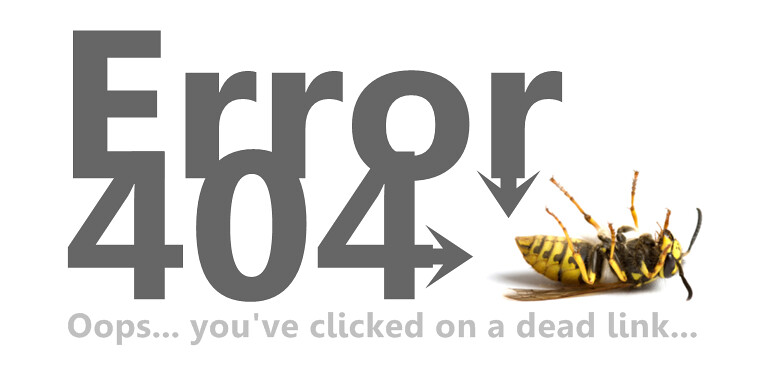
“error 404”by Magnet 4 Marketing dot Net is licensed under CC BY-NC 2.0


Heidi, Lawrence, René and Dale looked at the section on The Learner and the Learner Process. “Deep, dive into the obvious” for professionals for sure! I have no idea how Heidi, Lawrence, René and Dale managed to force themselves to read their articles because I had difficulty just making myself read their summaries. If their plan for their video was already in place, that would have been a good motivator– some good entertainment value and some points to note. Even though I think the articles were basically useless, the researchers are obviously respected as they have continued to publish and their articles have been cited many times.
Emily and Trevor presented on the section about The Role of Leadership for Information Technology in Education. Again, the articles presented ideas I was familiar with, though the naming of the Appreciative Inquiry five guiding principles could be somewhat helpful if I was going back into a school-based leadership role. I already have these ideas imbedded in how I present my workshops on inquiry-based education.
I had high hopes for the section Ben, Heather and I read on Using Information Technology for Assessment: Issues and Opportunities. But alas, nothing unexpected other than the current call for sharing of information in Open Educational Resources so that maybe we can actually get somewhere.We are on the cutting edge of this technology 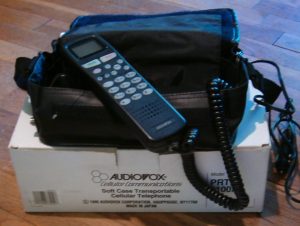 and teachers need to get involved in developing games and programs that can be used for formative and summative assessment on more than just knowledge and understanding, but also the development of skills and using skills and knowledge in real-life situations.For those of us researching, we need to be reading items that are being presented at conferences and workshops because they are current. Although they haven’t had the chance to go through the vetting process for publication, that process makes them ancient by the time they are published due to quickly developing technology. Just like the bag cell phone we had when we lived in Northern Saskatchewan, which was out of date by the time we bought it, but was useful because it had the furthest coverage when you were far from a tower.
and teachers need to get involved in developing games and programs that can be used for formative and summative assessment on more than just knowledge and understanding, but also the development of skills and using skills and knowledge in real-life situations.For those of us researching, we need to be reading items that are being presented at conferences and workshops because they are current. Although they haven’t had the chance to go through the vetting process for publication, that process makes them ancient by the time they are published due to quickly developing technology. Just like the bag cell phone we had when we lived in Northern Saskatchewan, which was out of date by the time we bought it, but was useful because it had the furthest coverage when you were far from a tower.
Flexible, Distance, and Open Learning in the Twenty-First Century was the section presented by Rhyanon and Jerry, both distance educators with limited teaching experience. Their articles recognized that distance learning, virtual school, open education and online learning platforms are evolving and transitioning as more research takes place. They did learn that it would be useful to vary their learning experiences in the online portion of their courses, to try include authentic experiences, and to provide their learning motivation to work collaboratively. As I am a more experienced educator, this was not news to me.
The Game and Simulation-Based Learning and Teaching section presented by Tracy and Mackenzie. Their first article stated that there are six game elements to consider when choosing a game: motivation, fun and engagement, social interactions, problem-solving, story and games as systems and tools. Guiding questions listed included what are the goals, who is the audience, what is the context for the game, what are the practical and technological considerations, what are the curricular consideration, what about assessment and evaluation, and what about balancing needs and perspectives? Again, everything presented is automatically considered by an experienced educator when considering whether to use a game for learning. The second article focused on imaginative instruction games called maker spaces. Again, no real surprise that motivation, resiliency and problem-solving skills were developed while working in these low threshold/high ceiling learning opportunities, although knowledge was not increased.
Nicole, Joanna and Hayley presented on the section on Issues and Challenges Related to Digital Equity. Exactly what I have experienced and well said by the group. There are two sides and both are authentically real.
Sean, Jeremy and Clay looked at the section on Basic Principles of Multimedia Learning from the Cambridge Handbook of Multimedia Learning. Their principles were interestingly named, but also something as an educator, particularly in the workshops I present where I have to use a powerpoint prepared by someone else, of which I am very aware. Planning a workbook so you avoid the split-attention principle, presenting and avoiding the redundancy principle by having people read slides instead of me reading, and using the modality principle when available, are all elements of teaching I have learned through experience. Yet, I did learn names for principles I know . . .
Deirdre, Gary and Andrew did the following section in the book, Advanced Principles of Multimedia Learning. LOVED the video. I was able to pay attention more because of the multimedia presentation!! It was interesting to put names to principles of learning that I have tried to work with.
It is sad to say that I probably learned just as much from a Facebook post than I did from any of these readings: “Dr. Karyn Purvis of Texas Christian University says, it takes over 400 repetitions to create a synapse in the brain (true learning) without playful engagement OR about 12 repetitions to create a synapse when you use play to teach.” No fault of the presenters – who created great notes and presentations! I am just not excited about academic readings – I am a pragmatic educator that wants ideas or solutions!


 and teachers need to get involved in developing games and programs that can be used for formative and summative assessment on more than just knowledge and understanding, but also the development of skills and using skills and knowledge in real-life situations.For those of us researching, we need to be reading items that are being presented at conferences and workshops because they are current. Although they haven’t had the chance to go through the vetting process for publication, that process makes them ancient by the time they are published due to quickly developing technology. Just like the bag cell phone we had when we lived in Northern Saskatchewan, which was out of date by the time we bought it, but was useful because it had the furthest coverage when you were far from a tower.
and teachers need to get involved in developing games and programs that can be used for formative and summative assessment on more than just knowledge and understanding, but also the development of skills and using skills and knowledge in real-life situations.For those of us researching, we need to be reading items that are being presented at conferences and workshops because they are current. Although they haven’t had the chance to go through the vetting process for publication, that process makes them ancient by the time they are published due to quickly developing technology. Just like the bag cell phone we had when we lived in Northern Saskatchewan, which was out of date by the time we bought it, but was useful because it had the furthest coverage when you were far from a tower.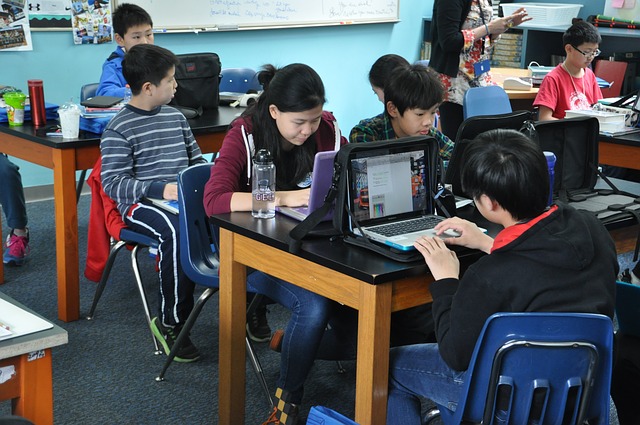
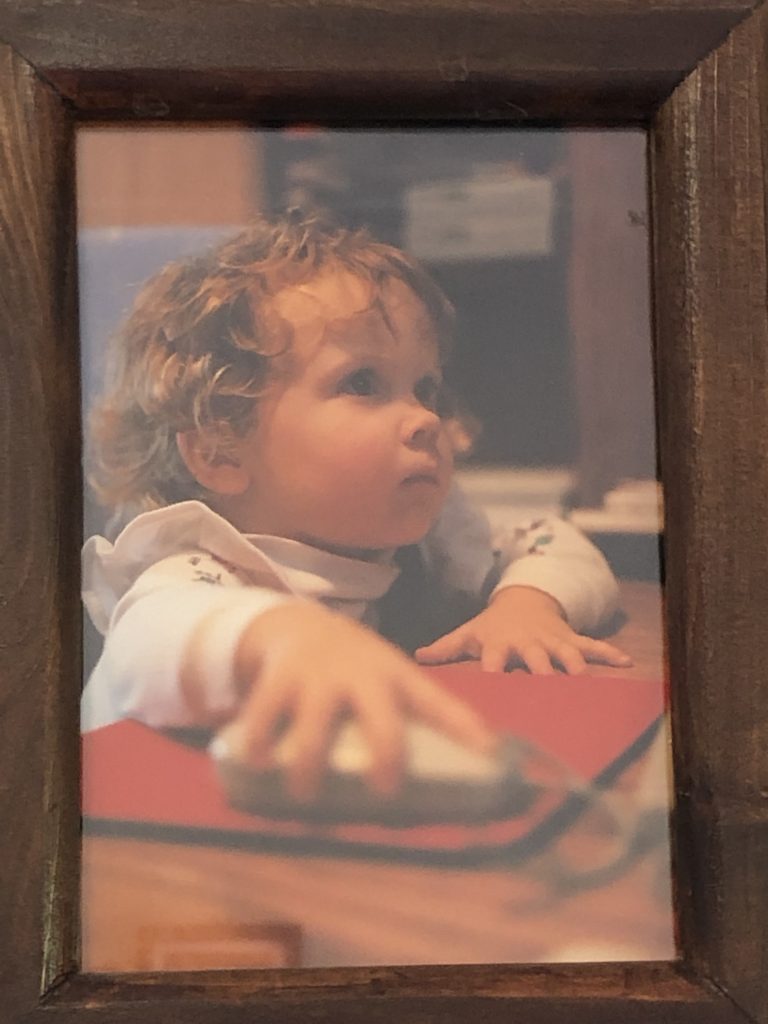

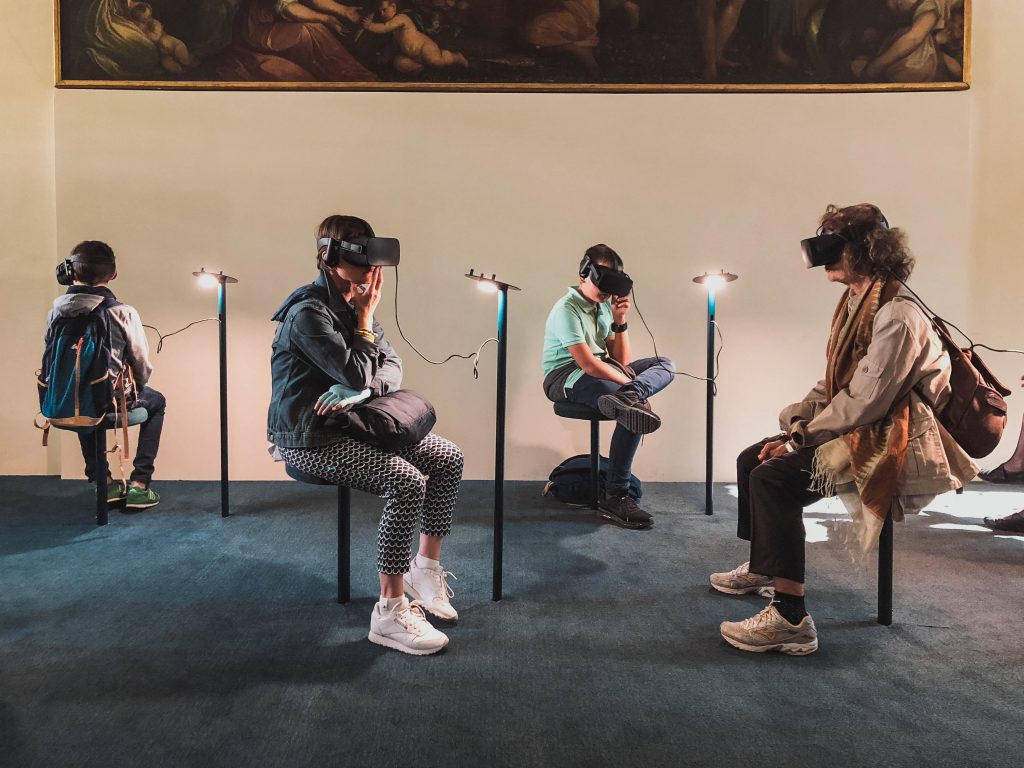
Recent Comments